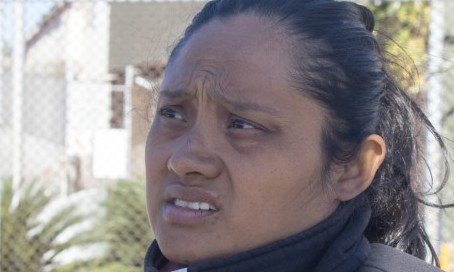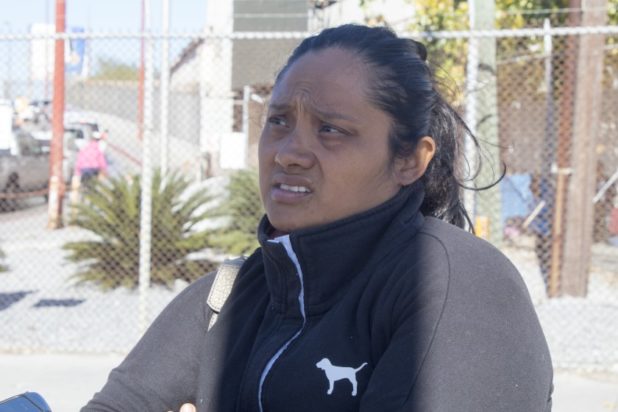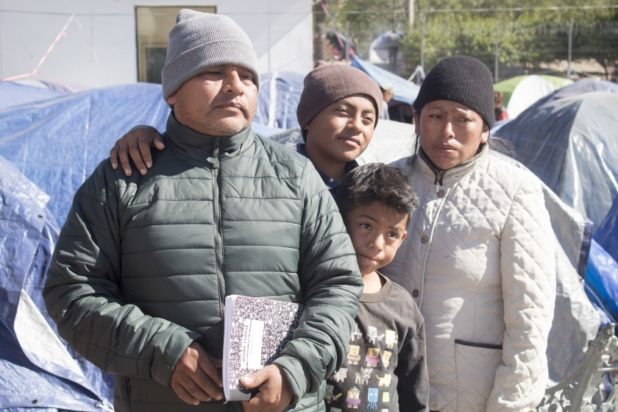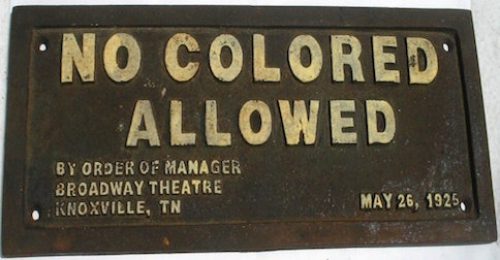Pomidor Quixote
Daily Stormer
December 27, 2019
Emma Sanchez
Mexicans are now also claiming asylum and demanding a better life from Americans, because why not? No downsides.
Emma Sánchez waited patiently in line at the foot of a bridge leading across the Rio Grande and into Texas, one of tens of thousands of people stuck on Mexico’s northern border seeking political asylum in the United States.
“They cut my husband to pieces and dumped his body by the road,” Sánchez said matter-of-factly as she showed a visitor a link to a news article about the grisly demise of her spouse, a former taxi driver who, his widow said, refused to pay protection money to the local mob.
“Now I’m afraid they are coming after me and my kids,” she added, explaining why she had fled to Matamoros with her four daughters.
I believe her. Mexicans and Central Americans in general love to do that kind of stuff. In Mexico, for instance, it is common for people to find random human body parts in the streets.
But that problem is not our problem unless we allow Mexicans and Central Americans into our countries.
It is the kind of haunting account heard frequently in this Mexican border town, where hundreds of Central American asylum seekers who say they are fleeing gang violence await court dates in the United States. They mostly spend their days in a rough tent city along the Rio Grande, relying largely on charity from donors from the United States and Mexico for food, medical care and other essentials.
But Sánchez is not from Central America. She is a native of Acapulco — once a beach destination for Hollywood movie stars and other high-rolling vacationers, now a sun-splashed Pacific Coast battleground where rival Mexican factions battle for control of drug trafficking and other illicit enterprises.
She is also illustrative of a relatively new — and, from the Trump administration perspective, troubling — trend: The convergence along the border of escalating numbers of Mexican nationals seeking asylum in the United States.
It’s quickly getting to the point where every country that’s worse off than white countries is going to feel entitled to move its entire population into a white country.
After all, it’s the soil that makes the country, not the people. If you just move the people somewhere with better soil, everything’s going to be okay.
Word about Central Americans and others gaining U.S. footholds via the asylum process has spread to violence-racked areas of Mexico, prompting many to head north to border towns, from Matamoros on the Gulf of Mexico to Tijuana on the Pacific.
“First we heard about the caravans, then we heard that the Central Americans were getting asylum in the United States,” said José Antonio Mendoza, 28, another asylum hopeful here from Guerrero, the western Mexican state where Acapulco is also situated. “And then we heard that asylum was also a possibility for Mexicans.” Mendoza has been waiting here for two months with his wife and two children, ages 3 and 7.
The whole asylum concept and asylum-granting mechanism is a mistake of colossal proportions. Even with a proper wall at the border, if asylum is still a possibility for them, they’d continue to line up at the entry points.
The number of Mexican asylum seekers arriving at the southwestern border has been steadily rising in recent months — even as the ranks of Central Americans and others seeking U.S. refuge have slowed in the face of crackdowns and policy shifts in both Mexico and the United States.
Mexican nationals now account for slightly more than half of the 21,000 or so people on various asylum waiting lists in Mexican border towns, according to a study last month by researchers at the University of Texas and UC San Diego. A year ago, relatively few Mexican nationals were in the bulging border asylum queues.
“People hear through friends, through social media, through the news that Mexicans can come to the border and get asylum in the United States,” noted Gladys Cañas, who heads a nonprofit group aiding migrants here. “Some sell their homes or land to finance the trip, but they end up getting stuck here. So far, asylum is more of an illusion than a reality for many Mexicans.”
Here, as at other crossings along the Rio Grande, blue-uniformed officers from U.S. Customs and Border Protection are stationed mid-bridge and stop many asylum seekers from proceeding into U.S. territory. U.S. officials defend the process as necessary because of staff shortages. But immigrant advocates call the practice illegal, possibly sending Mexicans back to their deaths, and have sued to stop it.
They’re entitled to your stuff because they’re too mean to their own people.
For U.S. officials, the Mexican influx poses a special challenge: Unlike Central Americans and other Spanish-speaking asylum aspirants, Mexicans cannot be dispatched back to Mexico to await future court hearings, the fate of more than 50,000 asylum applicants under the Trump administration’s “Remain in Mexico” policy. International law has long banned sending people back to countries where they may face persecution.
Instead, according to Mexican asylum seekers and advocates, U.S. authorities have adopted a policy of allowing only a trickle of Mexican asylum seekers to enter the United States, a process known as “metering.” On some days, migrants say, none of the scores of Mexican asylum seekers who line up here daily at a pair of border bridges are allowed pass into U.S. territory.
And that policy could soon become more restrictive: Last week, Ken Cuccinelli, acting deputy secretary of the Department of Homeland Security, said that Mexican nationals seeking asylum in the United States might be shipped to Guatemala rather than being allowed to wait in the United States for the conclusion of asylum cases, which can drag on for months or years.
The Mexican asylum seekers say they are fleeing their homeland’s endemic gang violence as well as deeply entrenched poverty. Some have previously resided in the United States and have close relatives there, or have U.S.-born children reared in Mexico.
Yes, Central Americans escaping Central Americans can wait in Mexico but Mexicans escaping Mexicans can’t really wait in Mexico, so this situation where browns are escaping browns and demanding the unconditional help of white people is quickly getting out of hand.
Many of the Central Americans stranded have been on the road for almost a year, and have already had several U.S. court appearances. Some view the Mexicans, relative newcomers, as line-jumpers — even though the Mexicans face a different initial process than the Central Americans, since they cannot be sent back to Mexico.
“I don’t see why the Mexicans should just be able to walk up and ask for asylum,” said José Orlando López, 29, a Honduran national who said he, his wife and his daughter had already had two U.S. asylum hearings and were waiting for a third scheduled for Jan. 10. “The whole system seems designed to make us lose hope. If the Americans don’t want us, they should just tell us.”
Oh, but Americans did tell him. Americans told the entire planet that they don’t want any more foreigners getting in when they elected Donald Trump, who campaigned on building a huge wall, stopping MOSLEM immigration, and taking care of America first.
Maybe the message needs to be clearer next time.



